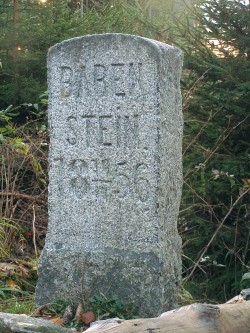Dlouhodobé přežití medvědí populace v regionu Šumavy bylo podmíněno především ochranou medvěda jako vzácné a lovecky žádané zvěře. Proto v oblasti Šumavy mohli žít medvědi o sto let déle než v Krušných horách. Na Moravě existovala původní izolovaná populace v Jeseníkách, poslední úlovky lze datovat rokem 1740. Medvědy ulovené během 19. století v regionu Beskyd lze bezpochyby interpretovat jako migranty ze slovenské části hor. Návrat medvědů na území Moravy a Slezska souvisel s posílením slovenské populace v důsledku ochrany zavedené roku 1932.
The prolonged survival of the Brown Bear (Ursus arctos) population in the Bohemian Forest was largely possible due to the protection of this animal, which was considered a rare and desirable trophy. Consequently the bear was able to survive in the Bohemian Forest for a hundred years longer than in the Ore Mountains. Isolated populations in the Sudetes survived in Moravia, and the last specimens were hunted down in the 1740s. Bears hunted down during the 19th century in the Beskydy Mts. can almost certainly be considered casual migrants from the Slovak part of this mountain range. The return of bears to the territory of Moravia and Silesia corresponds with the consolidation of the Slovak population due to the protection introduced in 1932.
 Medvědí kámen nad osadou Jelení (dříve Jelení Vrchy), památník na místě úlovku posledního medvěda Šumavy. Foto D. Andreska
Medvědí kámen nad osadou Jelení (dříve Jelení Vrchy), památník na místě úlovku posledního medvěda Šumavy. Foto D. Andreska







